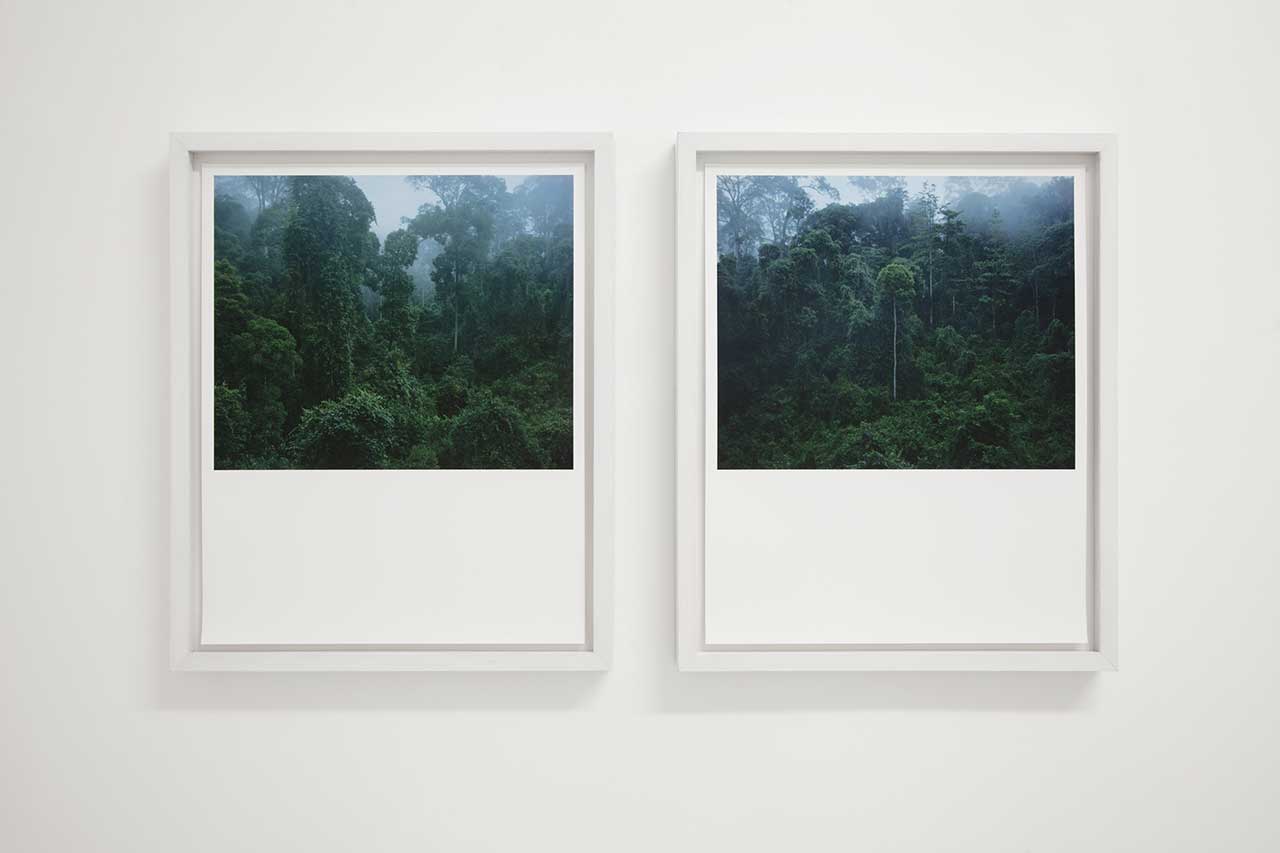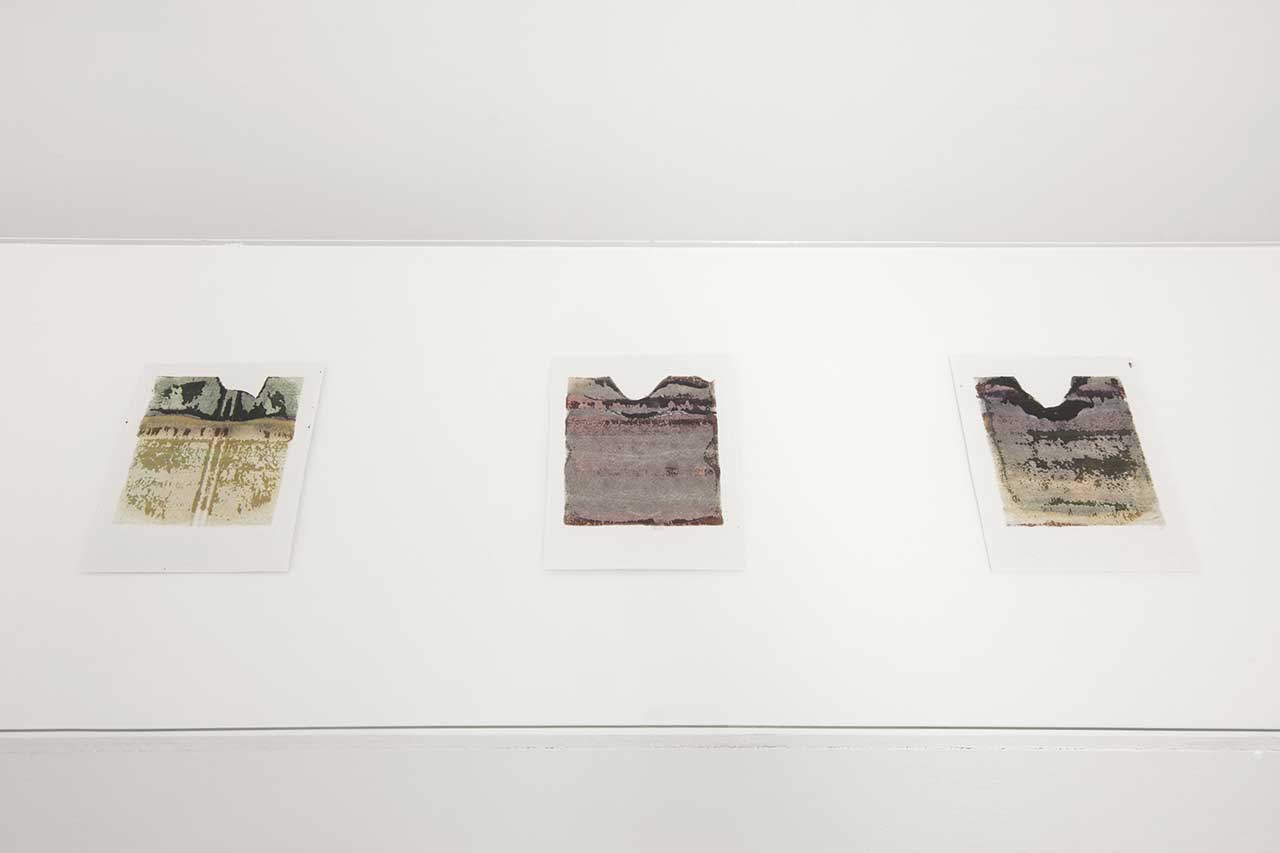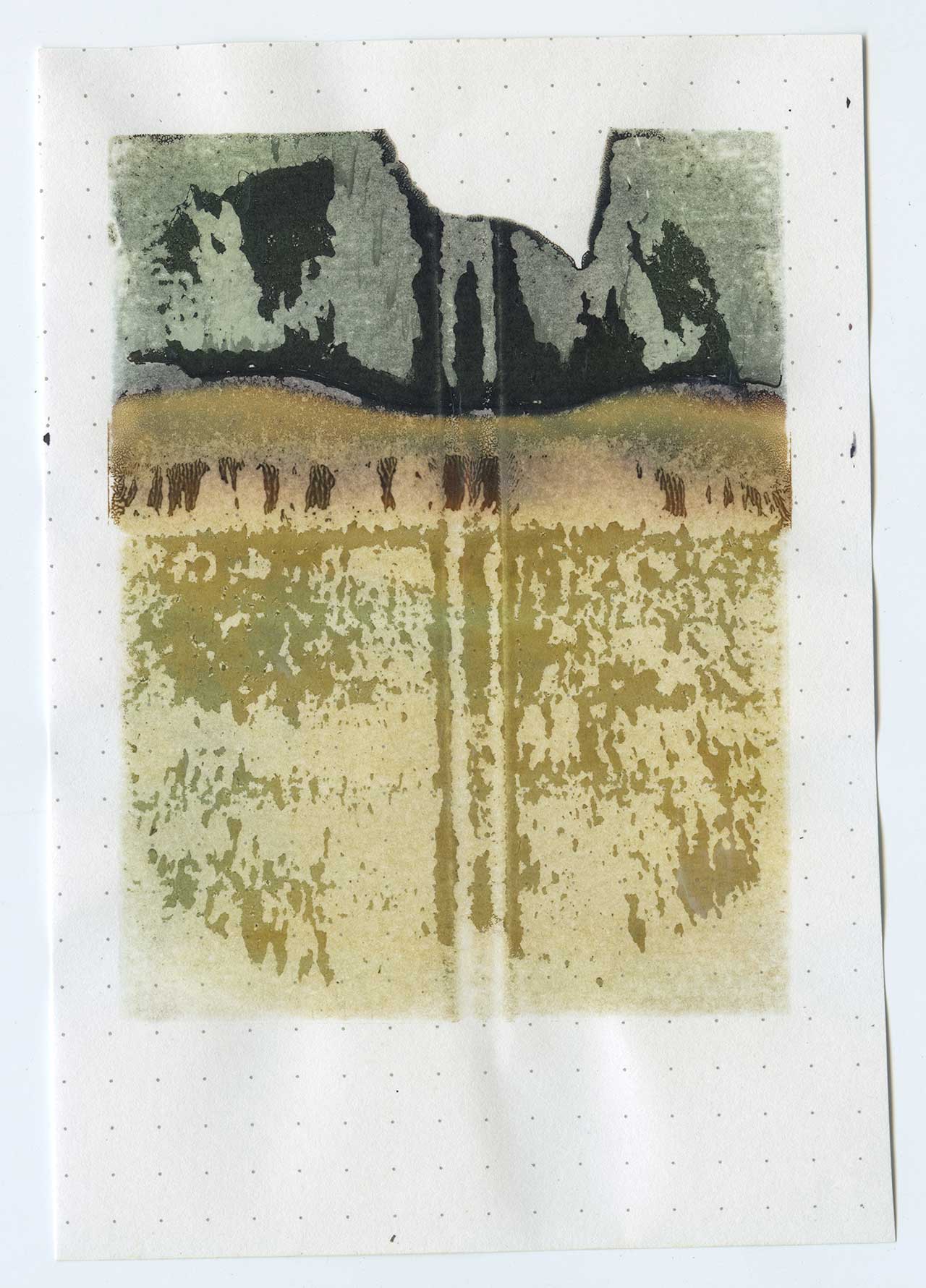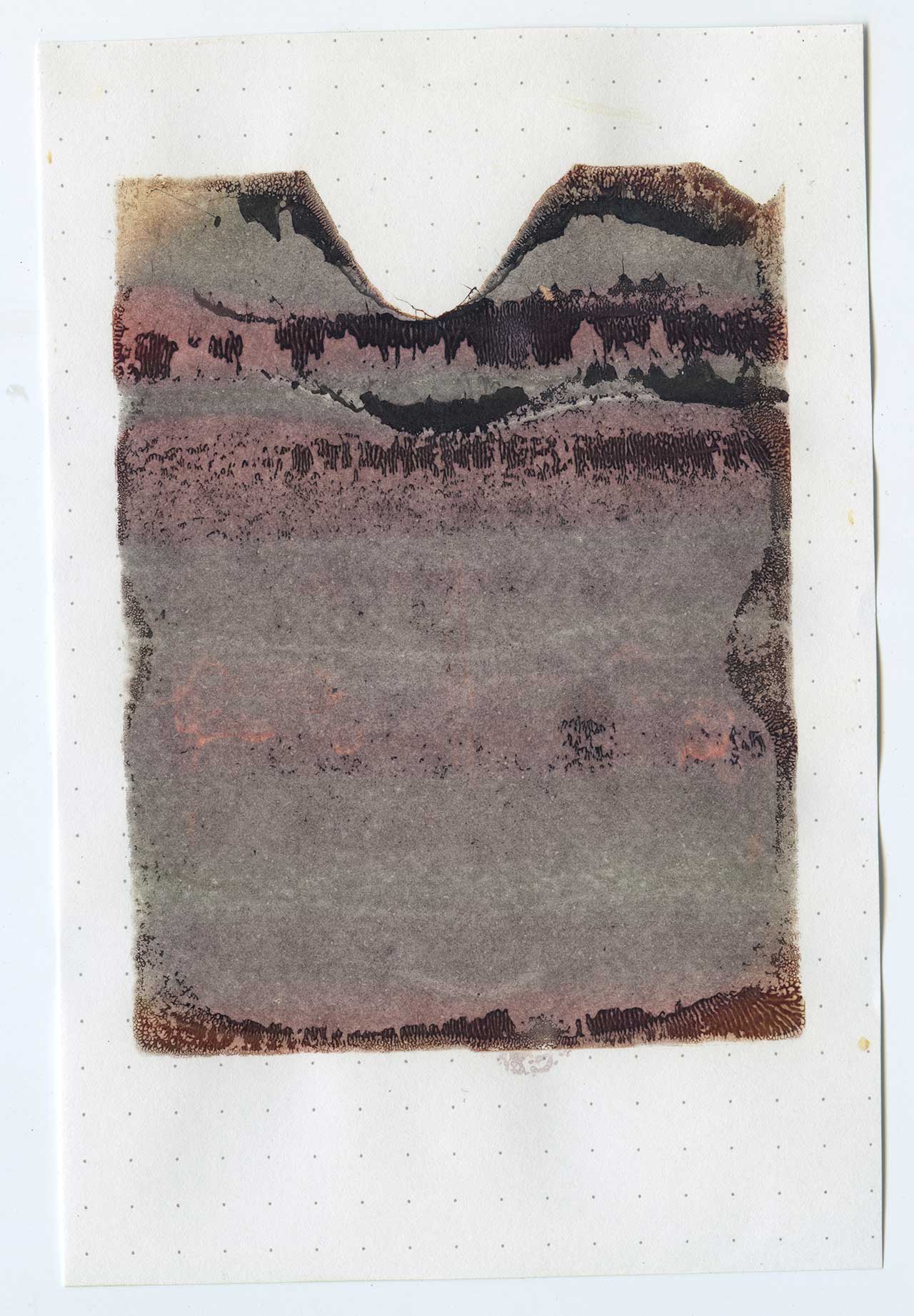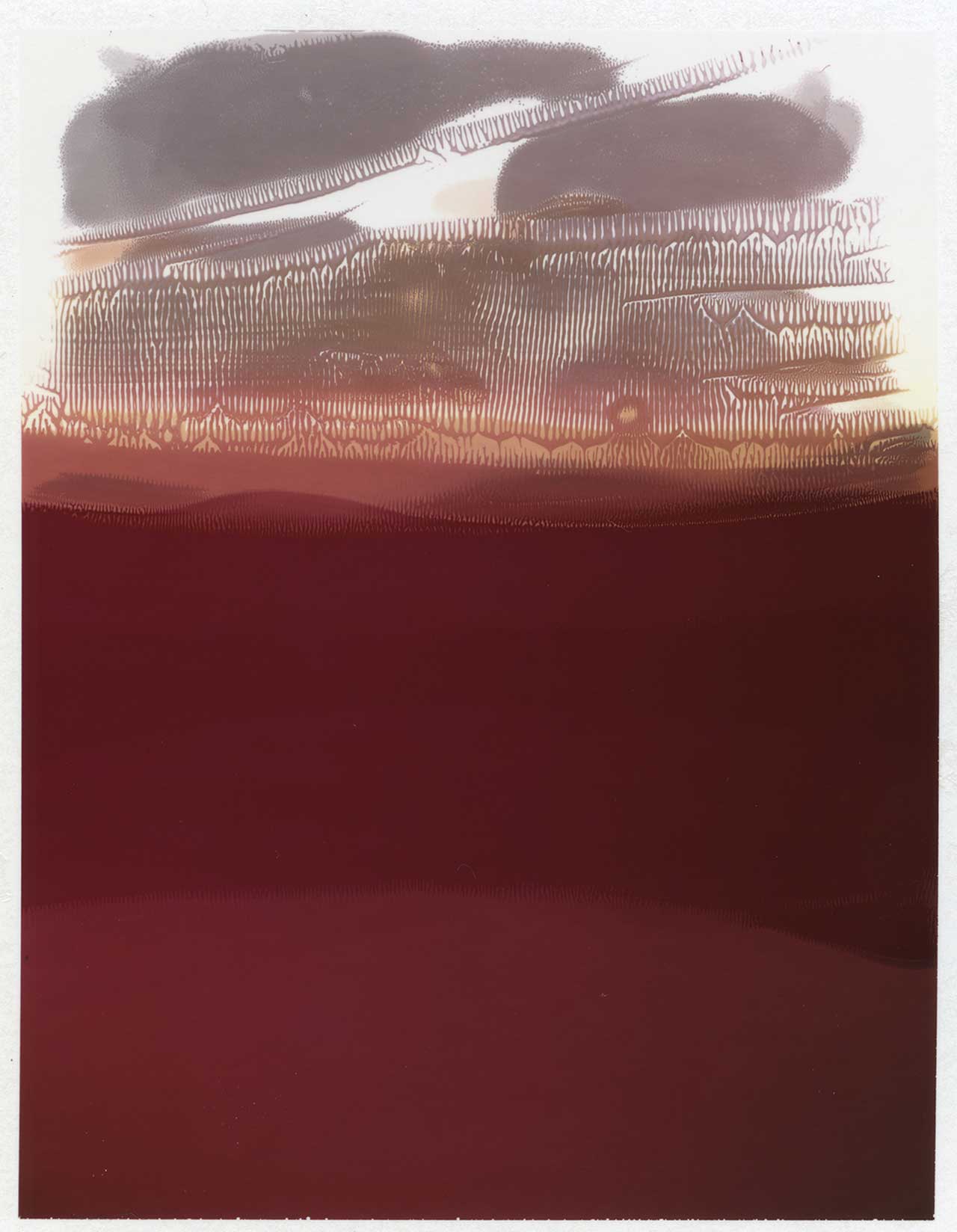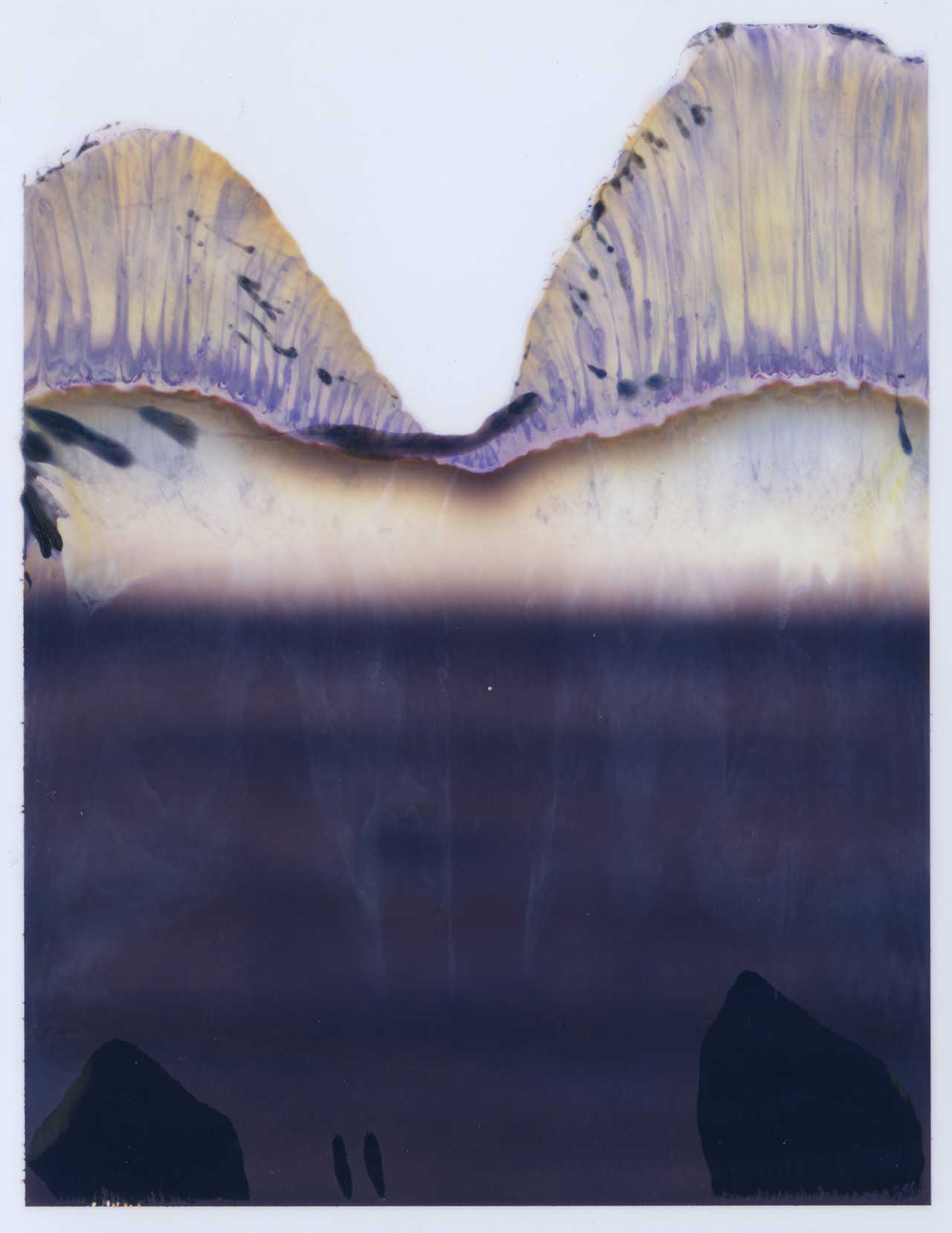Italian photographer Alessandro Dandini de Sylva’s first solo show at Rome-based gallery Operativa Arte Contemporanea features an ongoing series of manipulated Polaroids, alongside other experimental projects pivoting around the representation of landscape.
“Landscape photography is the supreme test of the photographer – and often the supreme disappointment.” – Ansel Adams
The exhibition “Paesaggi 2008 – 2014” focuses on a series of Polaroids you have been working on for a long time. Can you tell how you developed this one-of-a-kind experimentation?
I started to use Polaroid film because I wanted to work on a unmediated and superstructure-free kind of photography. I grew up with the images by the Becher couple and the Düsseldorf’s school, of Jeff Wall, Guido Guidi and Vincenzo Castella, and at back then I felt the distance that there was between me and what I was looking at. Polaroid film brought me back to the direct contact with things. Again, I was inside the landscape, with a freer look, then experimentation arrived right after.
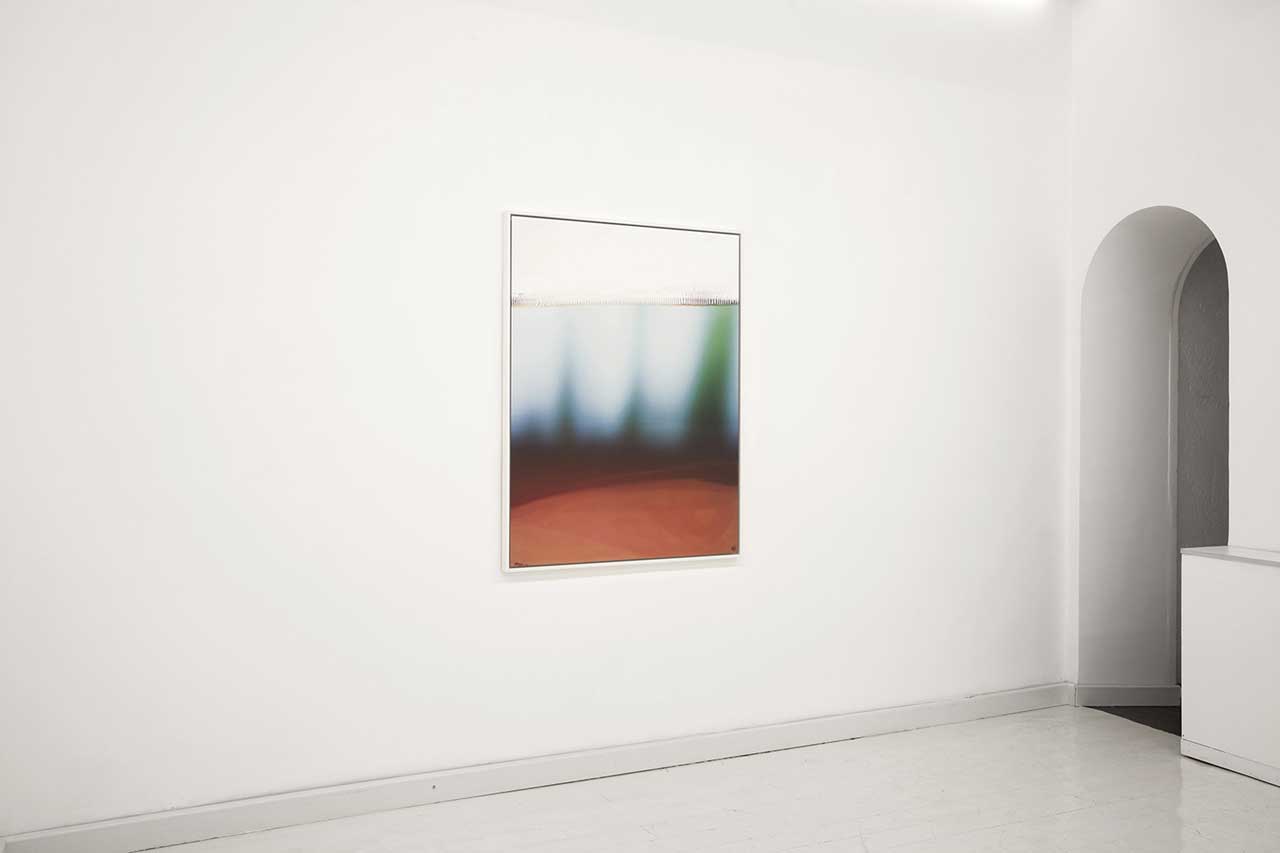
‘Planning’ or ‘instinct’, what do you think is more relevant to your work and specifically to this series?
They are two sides of the same coin. It is hard for me to tell how much a work of mine originates from a precise idea instead of pure instinct. The final outcome often ‘lies’and flips the two aspects. My series about glimmers – that I create in my studio with colored lights and a smoke machine – seems to be built quite rationally, but behind long expositions is hidden a performative action which leaves much room to improvisation. On the other hand, the Polaroid manipulations on show at Operativa may look like blind-eyes experiments, but instead every shot, gesture or pause is meticulously calculated. Every second matters and I need to be well aware and focused before beginning.
This body of work shows great affinity with painting, even if it is deeply rooted in the photographic language and its technical peculiarities. How would you describe your research in this hybridized field? Are there any other more ‘photographic’ projects you are carrying out in parallel?
Pictorial illusion is real, but the work has more to do with light – in fact, ‘drawing with light’is an essentially photographic action. This particular work develops to an extent where photography and painting intertwine and collapse one onto the other. My research often forces the boundaries of photography by dividing it into parallel visual quests, which always refer one to the other; a journey through nocturnal shots of power stations, Polaroid of artificially created glimmers, images of smoke installations and colored lights, chemical manipulations, photos of monochrome sheets and then again forests and islands on the horizon. I have always compared traditional photographic images to shots I created without considering the outer world. I would like to lead everything to an idea of photography that re-explores its own mysteries.
The exhibition at Operativa Arte Contemporanea features a thought-of layout, in which Polaroids are placed side by side with works of different nature. How did you develop the project and what are the reasons at the basis of the final installation?
The exhibition summarizes six years of Polaroid manipulations and transfers on paper, establishing a dialogue between real and abstract landscapes. In my work and in my exhibitions there is always a tension between different possible representations of landscape. There are some real elements that allow an abstraction and some abstract elements that reconnect it to reality. The whole exhibition layout aims at fostering uncertainty by introducing new suggestions and way of looking. The presence of real landscapes plays as a counterpoint and amplifies the landscape illusion in each Polaroid.
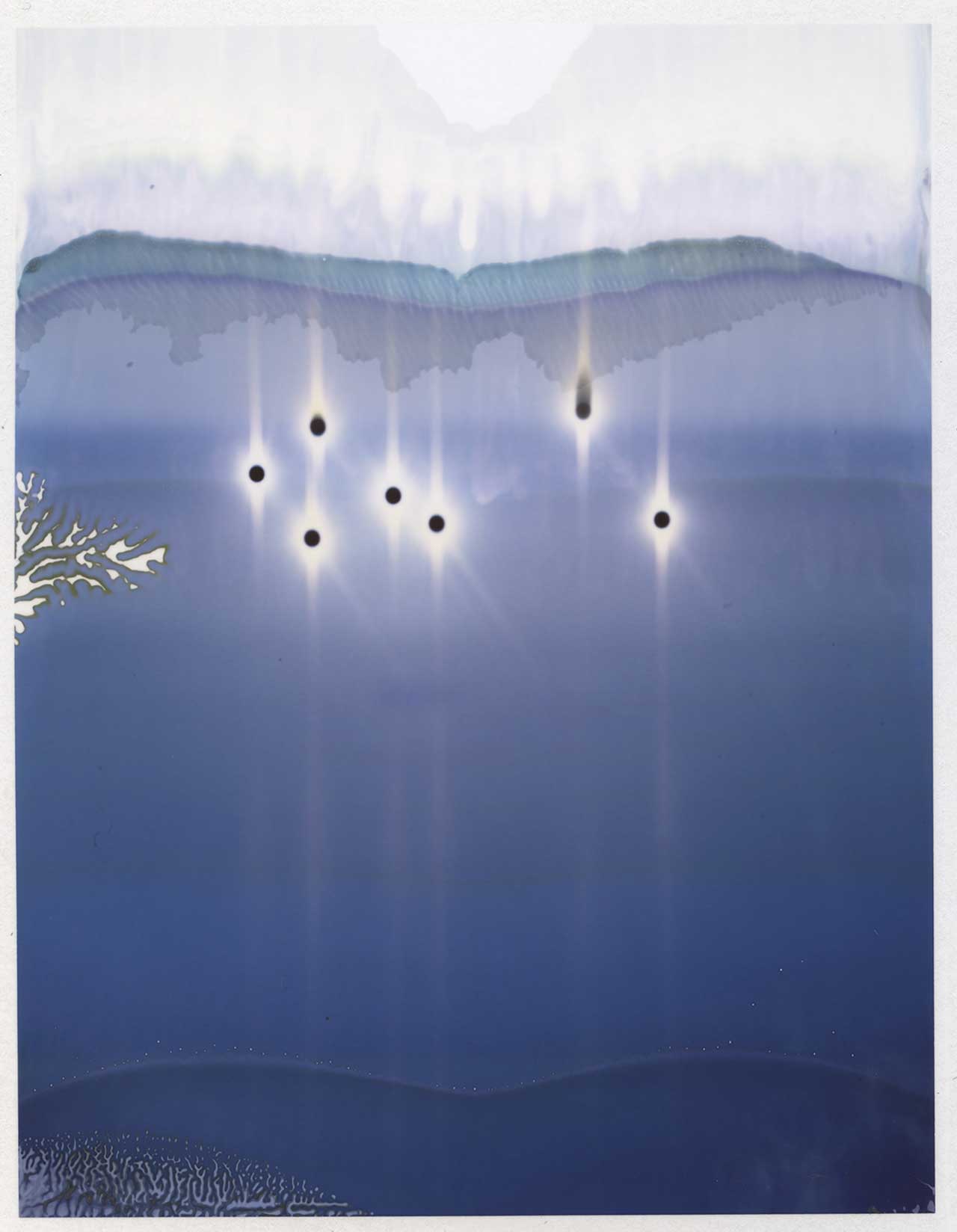
Landscape and light seem to be the main pillars of your practice. Are there any artists and/or photographers that you feel particularly close to your research and who might have somehow influenced your work?
What interests me most is the possibility to master a medium by questioning its own essence. Landscape is a choice to me, a way to investigate the possibilities of representation and photography. When thinking about who I feel close to my research, Florian Maier-Aichen comes to mind; his work reinterprets landscape photography by blurring reality and fiction and is characterized by a freedom of language that forces you to watch and watch again.

